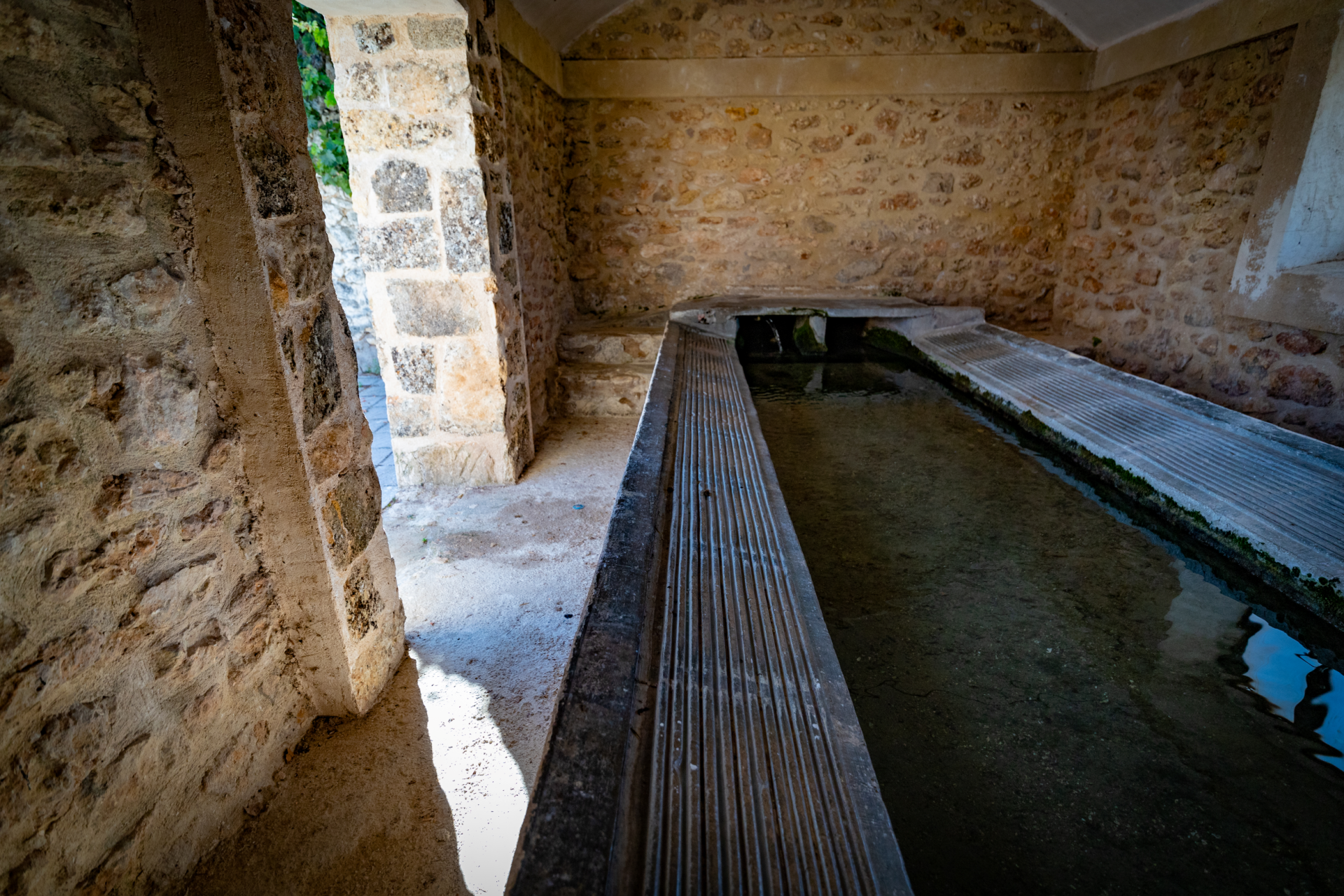Masegoso

The Village
It is located in the region of the Sierra de Alcaraz, 60 km from the provincial capital. It has little more than 100 inhabitants. It includes the hamlets of Cilleruelo, Ituero and Peñarrubia.
Masegoso is located in an environment of holm oak groves and cereal fields, in highlands with a continental climate and Iberian fauna such as deer and mountain goats. Its most important resource is the Laguna del Arquillo, a Natural Monument of karstic origin. The Masegoso River flows through the municipality.
Things to See
Masegoso stands out for its privileged natural environment. In its municipal term is the Laguna del Arquillo, natural monument of Castilla-La Mancha, with a surface of 522 hectares and with a peripheral surface of 3.757 hectares, being this one worth visiting. It is located in the southwest of the province of Albacete. It can be accessed by the road to Masegoso, or passing through Los Chospes.
The Laguna del Arquillo is an ideal place to visit at any time of the year, but summer is the preferred season for many. The isolated location of the lagoon makes it unique, framed within the Route of Don Quixote. From Masegoso we can follow the Greenway, which is perfectly conditioned and allows us to reach the lagoon on foot or by bicycle. You can discover other routes in the surroundings of Masegoso in the following link.
Festivities
The popular festivities are centered in May for San Isidro and in October for the feast of the Virgen del Rosario. In the latter celebration, the image of the Virgin is taken from Masegoso to the hamlet of Ituero, in a pilgrimage made up mostly of people from both villages. Halfway along the way, those present are treated to a snack in which the people sing cheers to the Virgin and pray for the sowing of the year that begins.
Arquillo Lagoon
The Arquillo Lagoon serves as a boundary between the municipalities of El Robledo, Masegoso and Peñascosa. Its ecological uniqueness led it to be declared a "Natural Monument" in December 2000. In addition to its scientific interest, it is a place of extraordinary beauty.
Its origin is karstic-fluvial being modeled in the Quaternary Era. It is one of the few marsh ecosystems of the Iberian Peninsula of this origin, like the Lagunas de Ruidera or the Laguna de Uña, hence its importance, to which must be added the good condition of the wetland that has hardly been altered by man.
The lagoon dominates the landscape, from where you can enjoy its calm waters, whose color changes from whitish to blue as the day goes by. The vegetation that colonizes the lagoon has a high botanical interest, both aquatic and marginal vegetation. Water lilies floating on the water sheet add to the beauty of the lagoon's natural complex, and in turn, provide habitat for the San Antonio frog. The grasses and reed meadows surround its margins. All this makes it ideal to enjoy a snack.






































